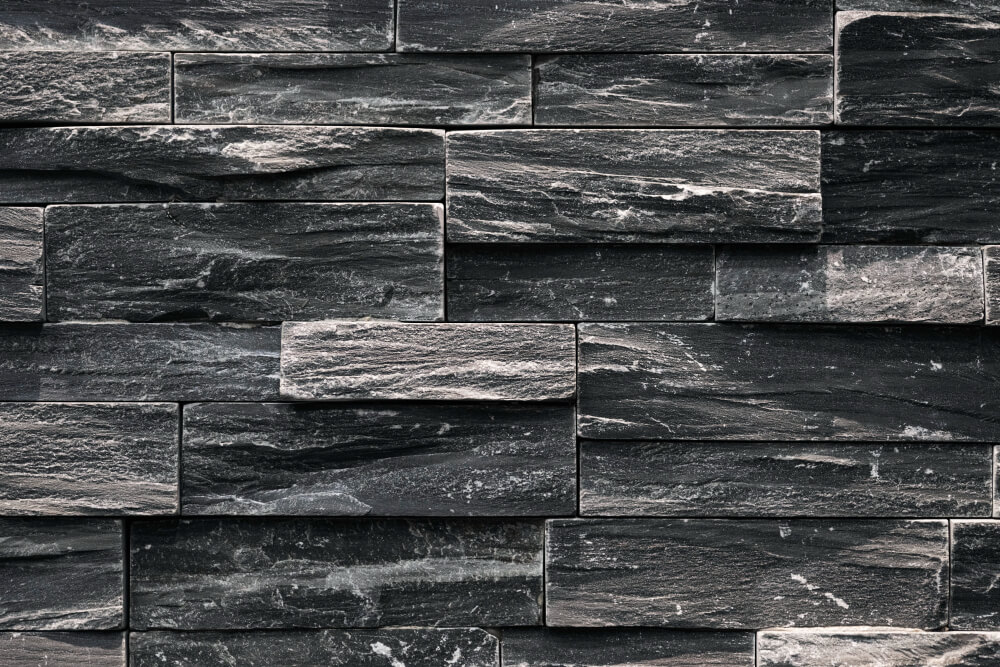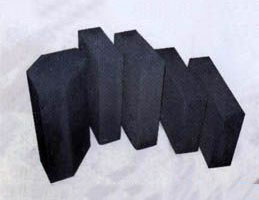Carbon bricks are a type of refractory material known for their exceptional resistance to high temperatures and corrosive environments. This document provides a comprehensive overview of carbon bricks, including their composition, manufacturing process, properties, applications, and specific uses in blast furnaces.
Material Composition:
Carbon bricks are primarily composed of:
- Carbonaceous materials: Anthracite, coke, and graphite are the most common ingredients, providing the core structure and high-temperature resistance.
- Binding agents: Pitch, tar, and carbolineum are used to bind the carbonaceous materials together and ensure structural integrity.
Manufacturing Process:
The manufacturing process for carbon bricks involves several key steps:
- Calcination: Anthracite is heated to remove volatile components, sulfur, and moisture, improving its volume stability and mechanical strength.
- Coke drying: Coke is dried to prevent cracking during firing.
- Pitch preparation: Pitch is fused and dried to remove excess moisture.
- Mixing: The prepared materials are mixed in specific proportions to achieve the desired properties.
- Shaping: The mixture is shaped into bricks using molds.
- Firing: The bricks are fired in a reducing atmosphere to prevent carbon oxidation.
Properties:
Carbon bricks boast several advantageous properties:
- High refractoriness: They can withstand extremely high temperatures without melting or softening.
- High compressive strength: They possess excellent structural integrity.
- Excellent thermal shock resistance: They can withstand rapid temperature changes without cracking.
- Low thermal expansion: They experience minimal expansion when heated, minimizing thermal stress.
- High chemical resistance: They are resistant to corrosion from acids, alkalis, salts, and organic solvents.
Applications:
The diverse properties of carbon bricks make them suitable for a wide range of applications, including:
- Metallurgical industry:
1. Blast furnace linings: Carbon bricks are extensively used to build the bottom and hearth of blast furnaces due to their high thermal conductivity, resistance to molten iron penetration, and extended service life.
2. Other furnace components: They are also used in other furnace components like the lower part of the furnace body.
- Electroplating industry: Carbon bricks line pickling and plating baths.
- Paper manufacturing industry: They are used in dissolving tanks.
- Chemical industry: They find application in reactive and storage tanks.
- Petrochemical industry: They are used in autoclaves.
Specific Use in Blast Furnaces:
Carbon bricks play a vital role in the construction and operation of blast furnaces:
- Bottom and hearth construction: Their high thermal conductivity and resistance to corrosion and wear make them ideal for these critical components.
- Increased continuous operation: Using carbon bricks can significantly extend the operational life of a blast furnace.
- Improved performance: They contribute to improved blast furnace performance by reducing heat loss and enhancing operational stability.
Carbon bricks are highly valuable refractory materials for diverse industrial applications. Their unique properties, particularly high-temperature resistance and chemical inertness, make them essential for demanding environments like blast furnaces. As technology advances, the development of new carbon brick formulations and application methods promises further improvements in performance and efficiency.
Contact Information:
Globe Carbon Industries provides high-quality carbon bricks and other refractory materials. For more information or to discuss your specific needs, please contact us:
- Website: https://globecarbonindustries.com/contact-us/
- Email: globecarbon@yahoo.co.in
- Phone: 08047020200



